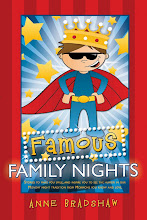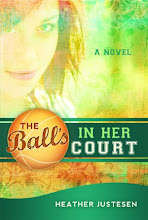by Rebecca Talley
When we think of conflict, we tend to think it has to involve yelling, fighting, and/or two opposing forces ready to kill each other. While those situations would definitely involve conflict, there is a simple definition that may change the way you see conflict.
Conflict arises when someone, or something, prevents a character from attaining his goal.
To understand conflict, you must first understand your character's goal for the scene. You must be able to pinpoint what it is that your character wants for each scene. Maybe your character wants to get some information about a suspect (goal) but on the way over to see this suspect has a flat tire (conflict). Or, perhaps your character wants to propose marriage in a scene (goal) but loses the ring (conflict). Maybe your character wants to leave a restaurant (goal) but someone has a gun pointed at him (conflict).
Scenes must contain some kind of conflict or they're merely a day-in-the-life travelogue. Readers don't want to know what someone ate for dinner unless the soup was laced with a poison nor does anyone want to read about a character folding laundry unless she discovers a lipstick mark on her husband's collar.
Conflict must be present to make it a scene and to make the scene worth reading. If you include conflict in every scene, whether it's inward or outward conflict, readers will turn from scene to scene anxious to read the whole book. And then you'll have a story known as a "page-turner."
Tuesday, February 7, 2012
Conflict
Posted by Rebecca Talley at 10:00 AM
Labels: Book Writing, Conflict, writing fiction, Writing Tips
Subscribe to:
Post Comments (Atom)

















1 comments:
This is an excellent post and so important. Every type of book, no matter the genre must employ the use of conflict.
Post a Comment